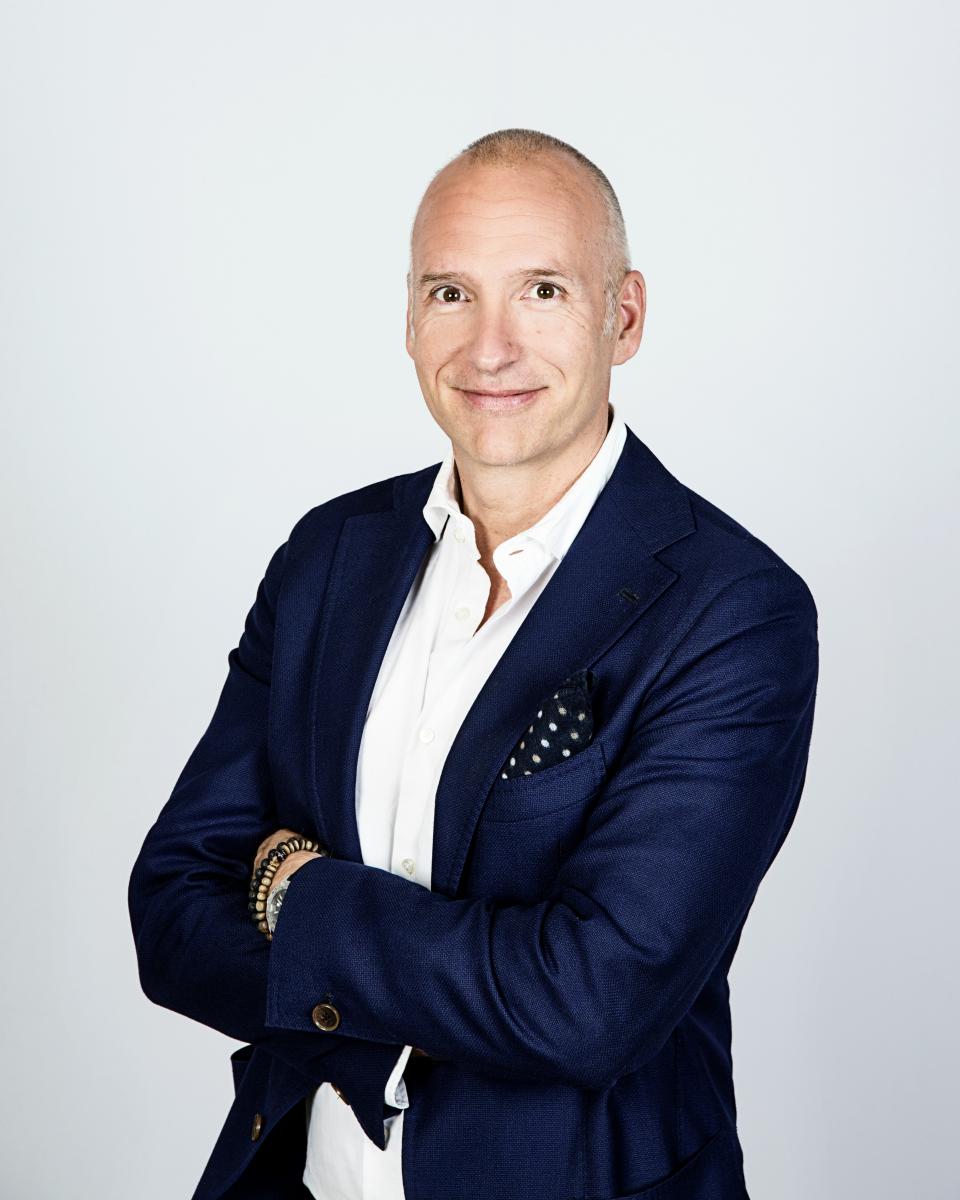Richard Twomey, CEO, Mölnlycke Health Care
OWM: Tell us about Mölnlycke and your presence at the recent Symposium on Advanced Wound Care(SAWC) Spring 2018 meeting.
Mölnlycke was proud to be part of SAWC Spring 2018, the largest industry conference in wound care. This important gathering was another reminder of why we work every day to make lives better for the patients, customers, and communities we serve. 
OWM: Tell us about your background and experience in the industry.
I joined Mölnlycke in February 2014 as the chief executive officer of the company. I’m passionate about our products and the value we provide to patients and hospitals. My deep experience and interest in the sector has been driven by my background at other medical device companies, which includes serving as Vice President at the California-based orthodontics company Align Technologies and President of DePuy, International Ltd. I’ve been fortunate to spend time in sales, marketing, and product development roles and look forward to the exciting next chapter for Mölnlycke.
OWM: What should the public know about hospital-acquired pressure injuries?
In the United States and globally, reducing health care costs and improving health outcomes for patients is a policy and public health priority. Mölnlyckehas an opportunity to achieve that objective by reducing the costs associated with hospital-acquired pressure injuries.
OWM:How many people are impacted?
Hospital-acquired pressure injuries affect 2.5 million patients and kill roughly 60 000 in the US each year.1Moreover, managing these injuries costs the US health care system $11 billion each year,1and on average, the estimated treatment cost per patient rages from $500 to $150 000.2
OWM: How do Mölnlycke’s products help address this?
As a global leader in pressure injury prevention solutions, we believe that making a small, meaningful, upfront investment in a prevention protocol that includes a wound dressing can achieve long-term savings, better health care outcomes for patients, and increased operational effectiveness for hospitals.
For example, a study presented at SAWC Spring 2017 showed a hospital can save anywhere from $200 000 to $600 000 per year by preventing pressure injuries beforethey occur.2
OWM: What distinguishes your products and the care and services you provide to patients and hospitals?
Our business is built on the efficacy and benefits of our products, backed by robust clinical evidence, that help prevent other costs to the hospital and broader healthcare supply chain. We lead the industry in providing evidence for wound prevention solutions. Mölnlycke wasproud to be at SAWC Spring 2018 to join the important conversation around wound care and protecting patients. The discussions underscored the importance of clinical data and innovation, which is at the heart of what we do for patients and customers every day.
References
- Agency for Healthcare Research and Quality. Preventing Pressure Ulcers in Hospitals.Rockville, MD; 2014. https://www.ahrq.gov/professionals/systems/hospital/pressureulcertoolkit/index.html.
- Padula WV. The real-world effectiveness and value of sacral dressings to prevent hospital-acquired pressure injuries in academic medical centers: an observational cohort study. Poster presented at: SAWC Spring 2017; April 5-9, 2017; San Diego, CA.













